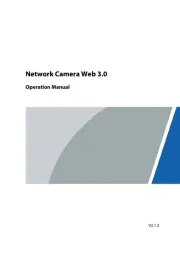Dahua Technology AWA6220-O Bedienungsanleitung
Dahua Technology
Nicht kategorisiert
AWA6220-O
Lies die bedienungsanleitung für Dahua Technology AWA6220-O (29 Seiten) kostenlos online; sie gehört zur Kategorie Nicht kategorisiert. Dieses Handbuch wurde von 11 Personen als hilfreich bewertet und erhielt im Schnitt 4.8 Sterne aus 6 Bewertungen. Hast du eine Frage zu Dahua Technology AWA6220-O oder möchtest du andere Nutzer dieses Produkts befragen? Stelle eine Frage
Seite 1/29

i
Contents
1 Preparing for installation ······························································· 1-1
Examining the installation site······································································································ 1-1
Installation site selection ······································································································ 1-1
Temperature and humidity requirements ················································································· 1-1
Power supply ····················································································································· 1-1
Grounding and lightning protection ························································································ 1-2
Installation accessories ·············································································································· 1-3
Installation tools ························································································································ 1-3
Device and mounting bracket dimensions ······················································································ 1-4
2 Installing the AP ········································································· 2-1
Pre-installation tasks ·················································································································· 2-1
Installation flowchart ·················································································································· 2-2
Connecting the grounding cable ··································································································· 2-3
Connecting cables ····················································································································· 2-3
Connecting an Ethernet cable ······························································································· 2-4
Connecting an optical fiber ··································································································· 2-5
Connecting an RF cable ······································································································ 2-7
Installing the AP ························································································································ 2-9
Attaching the AP bracket to the AP ························································································ 2-9
Mounting the AP on a vertical pole······················································································· 2-10
Mounting the AP on a horizontal pole ··················································································· 2-12
Mounting the AP on a wall·································································································· 2-13
Adjusting the AP angle ············································································································· 2-15
Powering the AP ····················································································································· 2-16
Powering the AP by using a PoE device ··············································································· 2-16
Powering the AP by using a power injector ············································································ 2-17
Labeling cables ······················································································································ 2-18
Verifying the installation ··········································································································· 2-19
Powering on the AP ················································································································· 2-19
Connecting the AP to the network ······························································································ 2-19
3 Appendix A Hardware information and specifications ······················· 3-1
Chassis views ·························································································································· 3-1
Technical specifications ············································································································· 3-2
LEDs ······································································································································ 3-2
4 Appendix B Transceiver modules ················································· 4-1
Views······································································································································ 4-1

1-1
1 Preparing for installation
WARNING!
Install the AP under the guidance of technical engineers and read this chapter carefully before
installation.
Examining the installation site
Examine the installation site before installation to ensure that the AP will work in a good
environment.
Installation site selection
The installation site must be selected according to the network planning and technical requirements
of telecommunications equipment, with factors such as climate, hydrology, geology, earthquake,
electric power, and transportation taken into consideration.
Determine the installation location by observing the following principles:
The AP will not be exposed to moisture, high temperature, dust, harmful gases,
electromagnetic interference sources (high power radars, radio stations, or electrical
substations), unstable voltage, heavy vibration, and loud noise.
The location is not water seeping, water soaking, and condensing.
The location is away from inflammable and explosive substances.
Temperature and humidity requirements
Table1-1 Temperature and humidity requirements
Item
Specification
Operating temperature
–40°C to +65°C (–40°F to +149°F)
Storage temperature
–40°C to +85°C (–40°F to +185°F)
Operating humidity
0% RH to 100% RH, noncondensing
Storage humidity
0% RH to 100% RH, noncondensing
Protection class
IP68
Power supply
Power the AP by using a power injector. No power injector is provided with the AP. You can
purchase an H3C power injector for the AP. See "Powering the AP by using a power injector" for the
connection method.
Produktspezifikationen
| Marke: | Dahua Technology |
| Kategorie: | Nicht kategorisiert |
| Modell: | AWA6220-O |
Brauchst du Hilfe?
Wenn Sie Hilfe mit Dahua Technology AWA6220-O benötigen, stellen Sie unten eine Frage und andere Benutzer werden Ihnen antworten
Bedienungsanleitung Nicht kategorisiert Dahua Technology
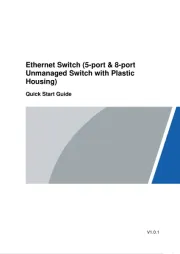
7 September 2025
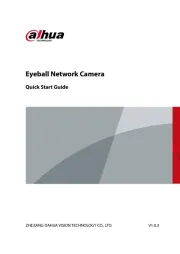
7 August 2025
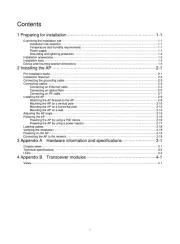
10 Juli 2025
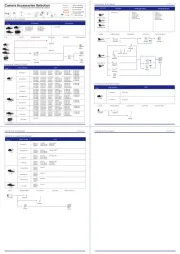
10 Juli 2025
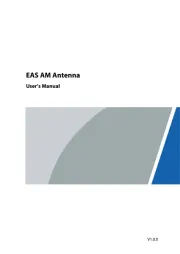
10 Juli 2025
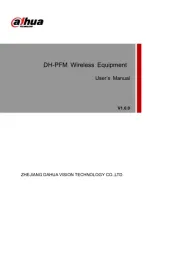
10 Juli 2025
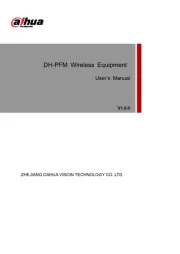
9 Juli 2025

9 Juli 2025
Bedienungsanleitung Nicht kategorisiert
- vnilrgle
- Elite Force
- Mitzu
- Cubot
- Fujifilm
- Iiyama
- Vocopro
- Roba
- TeachLogic
- OOONO
- SLV
- Besco
- Goki
- McKenzie
- Leatt
Neueste Bedienungsanleitung für -Kategorien-

8 September 2025
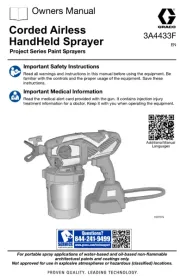
8 September 2025

8 September 2025

8 September 2025
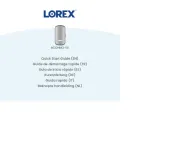
8 September 2025
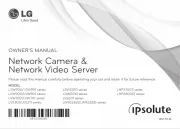
8 September 2025
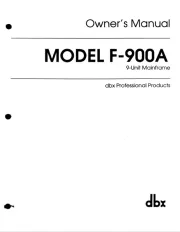
8 September 2025
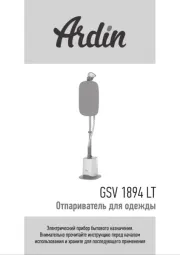
8 September 2025
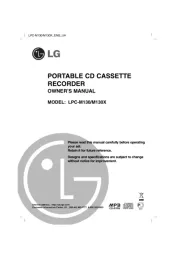
8 September 2025
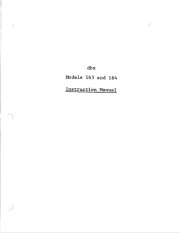
8 September 2025

